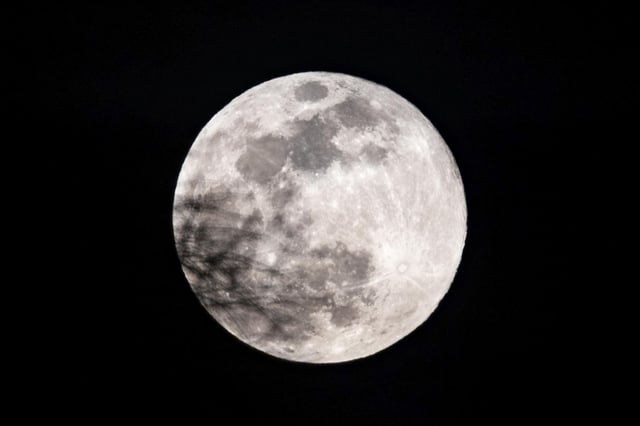Overview
- Peak illumination occurs around 11:48 p.m. ET on Oct. 6 in the U.S. and at 05:47 a.m. (peninsular time) on Oct. 7 in Spain, with the event broadly visible across regions.
- Some observatories note the Moon’s closest approach falls hours to a day after the full phase, leading to descriptions of a “near” or “almost” supermoon in some locales.
- Observers can expect only modest differences, with reports estimating roughly a 6–7% larger apparent size and about 13% greater brightness than a typical full Moon.
- Coastal forecasters warn of stronger tidal ranges in the days around the event, with Galicia reporting pronounced highs and lows midweek.
- The bright Moon will dampen views of the Draconids meteor shower peaking Oct. 8–9, and this is the first of three consecutive supermoons in 2025, followed by Nov. 5 and Dec. 4.



